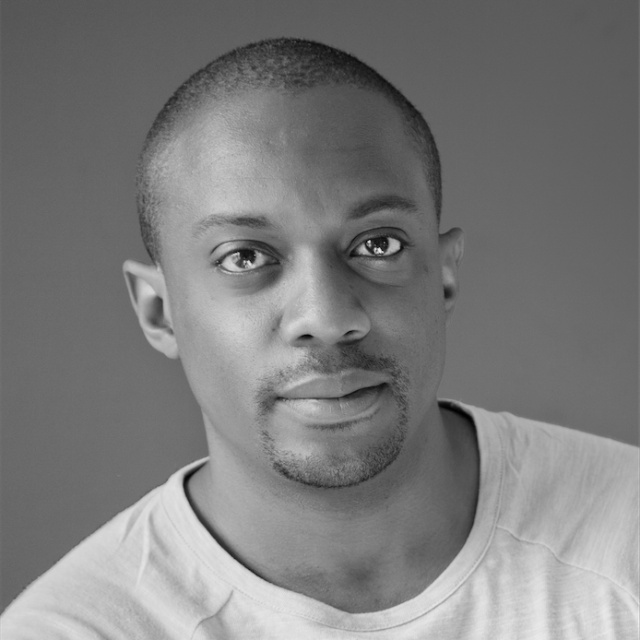In the fall of 2021, Davidson College released a Call For Qualifications for the creation of a commemorative work of art to honor the contributions of enslaved people and others whose labor was exploited. The call was open to professional artists, architects, landscape architects, and design teams with experience managing, designing, and completing public art commissions.
The jury identified the most highly qualified artist(s)/architects/teams for this opportunity, and selected five finalists, including Hank Willis Thomas & Perkins&Will.
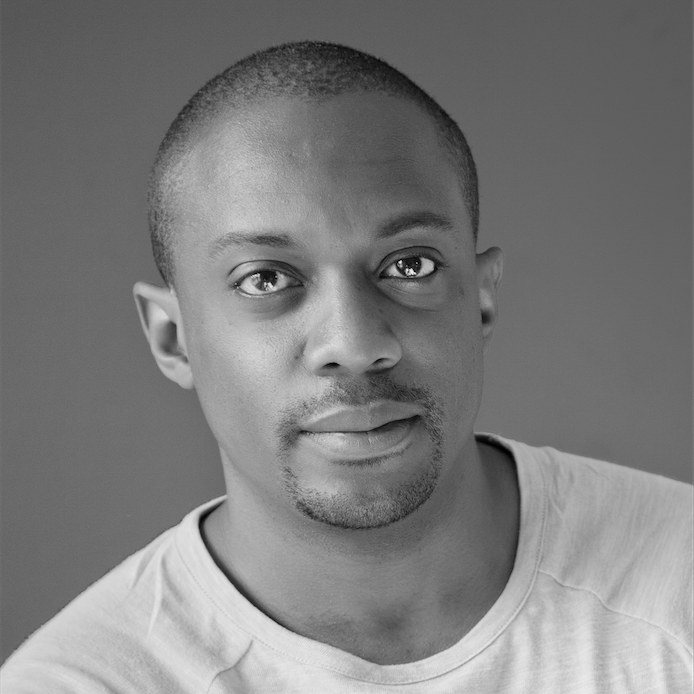

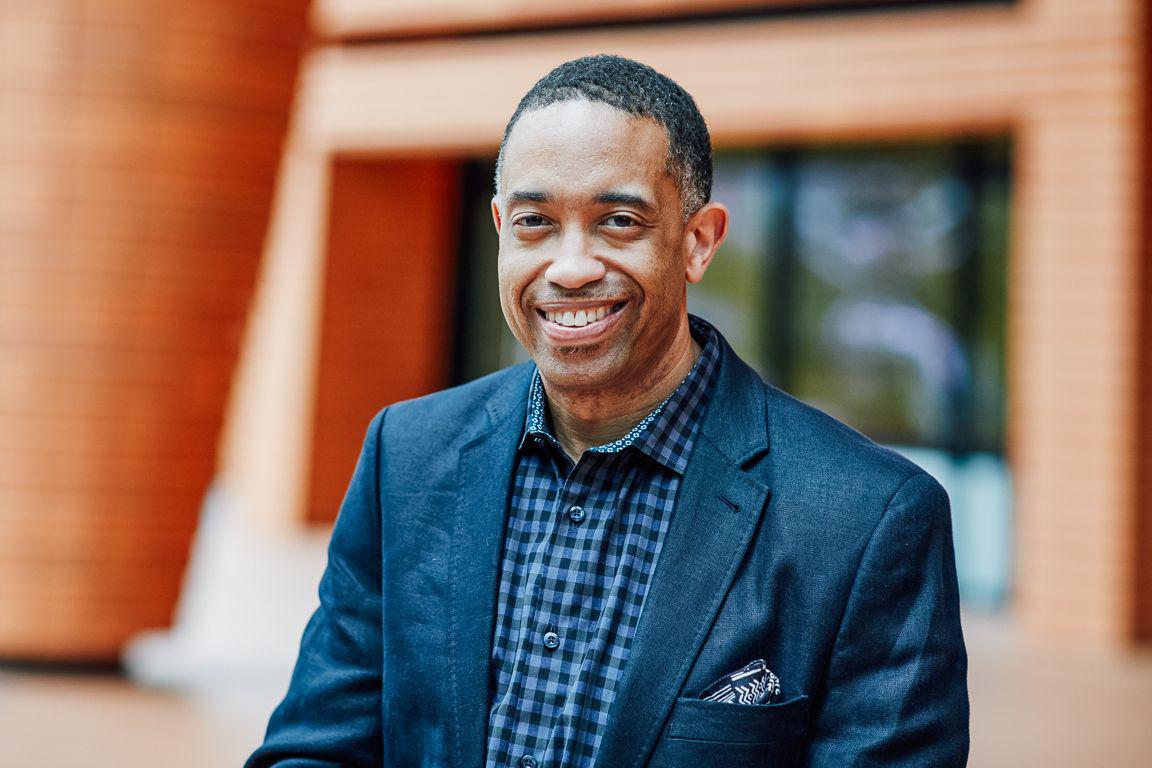
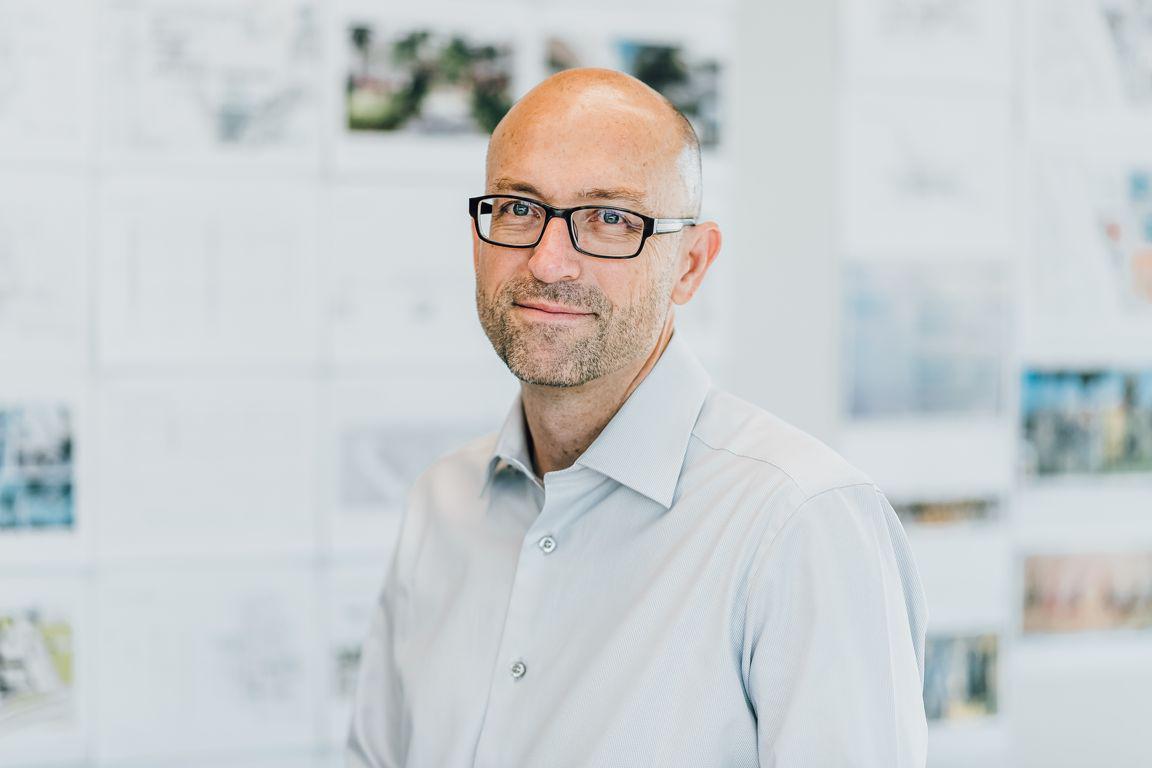
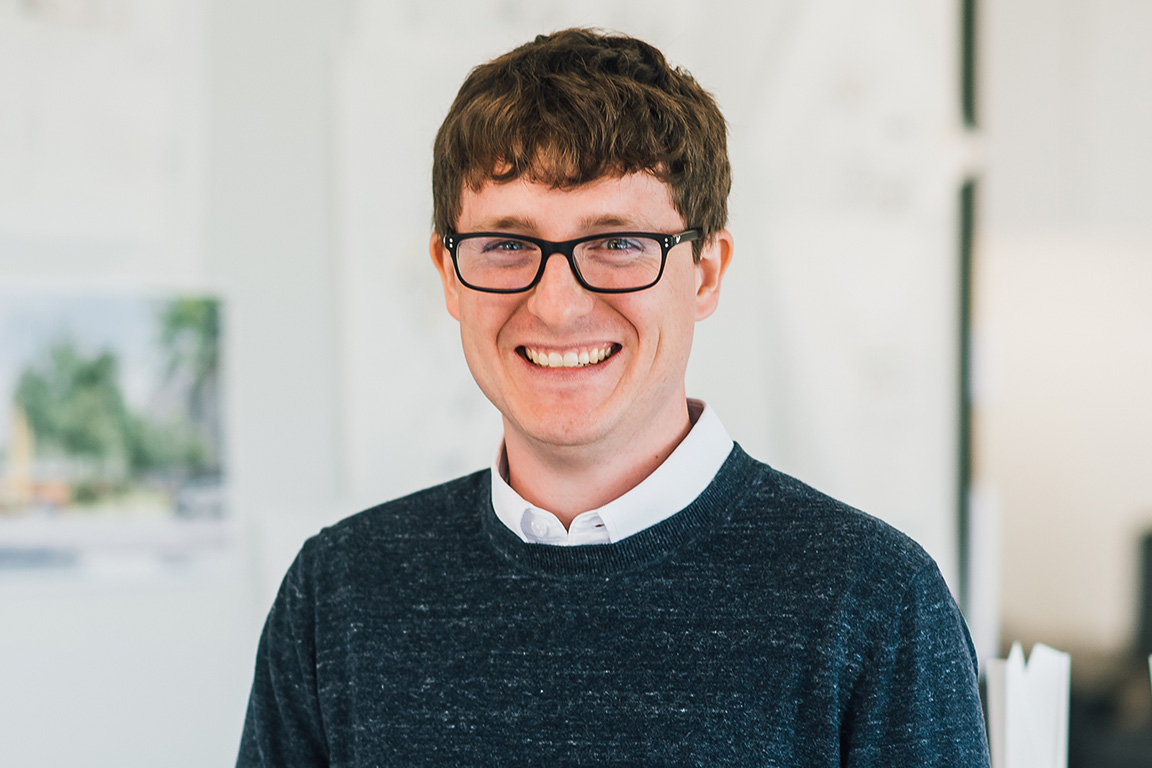
“There are few precedents for the reparative work that Davidson College’s Commemorative Site for Enslaved and Exploited People promises. Grounded in restorative justice, Hank Willis Thomas and Perkins&Will have spent many years in their respective fields of art and design, creating memorializing projects with a focus on amplifying the process of healing, celebration, and action that bring people together and build essential relationships.
This opportunity to join the artist and the architectural firm in exploration of collective memory is a critical step in redressing issues of race and inequality as well as celebration of the neglected creativity and talent of Black Americans.”
Hank Willis Thomas is a conceptual artist working primarily with themes related to perspective, identity, commodity, media, and popular culture. His work has been exhibited throughout the United States and abroad. His work is included in numerous public collections. His permanent works include “Unity” in Brooklyn, NY. In 2017, “Love Over Rules” permanent neon was unveiled in San Francisco, CA and “All Power to All People” in Opa Locka, FL. Hank’s collaborative projects include “Question Bridge: Black Males, In Search Of The Truth (The Truth Booth),” “The Writing on the Wall,” and “For Freedoms.” In 2017, “For Freedoms” was awarded the ICP Infinity Award for New Media and Online Platform. Thomas is a recipient of the Gordon Parks Foundation Fellowship (2019), The Guggenheim Fellowship (2018), AIMIA | AGO Photography Prize (2017), Soros Equality Fellowship (2017), Aperture West Book Prize (2008), Renew Media Arts Fellowship from the Rockefeller Foundation (2007), and the New York Foundation for the Arts Fellowship Award (2006).
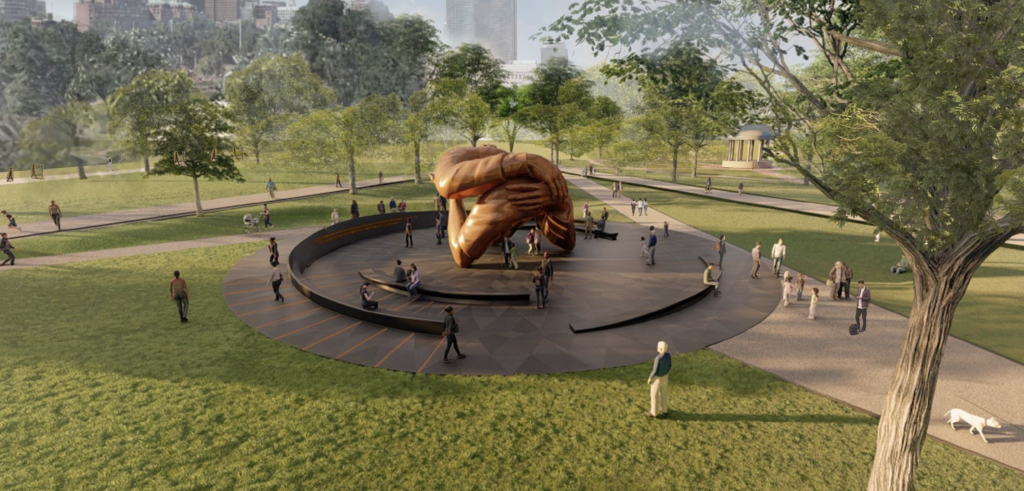
Hank Willis Thomas, The Embrace (rendering 2020), proposed to and awarded from King Boston Memorial Project, Boston, MA. Collaboration with MASS Design.
Join the conversation with Hank Willis Thomas and Perkins&Will during their Zoom Community Engagement session on September 13 from 6:30-8:30 p.m. RSVP here.
“Public space belongs to the public and they should have a say in what kinds of images and objects represent the society…It’s also important that things get reconsidered from time to time.”
– Hank Willis Thomas
Perkins&Will’s community and stakeholder engagement includes Remembrance Design™, an urban and architectural design process that engages historically disenfranchised and negatively impacted communities, in recognition of their history, for use as a design framework intent on an inclusive and culturally sustainable future. The first work of Remembrance Design is recovering what needs to be remembered.
As an integrated team we will draw on the words and stories that emerge from collective engagement with shared history and experiences—both what is painful to remember and what brings joy—to find the artistic expression and built forms that restore and give expression to the connections that make one place unlike any other. The importance of these community interactions cannot be overstated. This aspect of our expertise results in the over-arching narrative. By beginning our approach by thinking broadly, we find an inspired purpose that first attracts and then deeply resonates with a wide audience. This allows multiple entry points for people to access and engage with the story. The process challenges us every time to loosen our grip on what we think we know—in other words, check the authority that comes with education and professional training—so we can grasp a truth that has not yet been daylighted and dignified.
Methods May Include:
“Visual listening” workshops that use images of spaces, the arts, history, and other relevant visuals, to invoke individual and shared responses — revealing the essential characteristics of a place, isolating key points of common significance, and defining a shared vision
History and Story Sharing
‘What if’ Scenarios
Online Surveys
Focus Group Sessions
We request participants bring objects, photographs, poetry, drawing, or other materials that resonant to the site, history, or the story.
Zena Howard, FAIA, Principal, Global Cultural and Civic Practice Chair
Zena’s career has been defined by visionary, complex, and culturally significant projects – like Smithsonian Institution’s National Museum of African American History and Culture in Washington, D.C. – that navigate social issues of dignity, equity, and justice in cultural and civic places. She has been recognized as a citizen architect for shaping architecture through Remembrance Design, a design process that responds to inequity and injustice by restoring lost cultural connections and honoring collective memory and history.
Malcolm Davis, AIA, Cultural and Civic Practice Lead
Malcolm’s civic, cultural, and academic work is shaped by an inclusive community engagement process that allows multi-faceted stories to become significant elements for both design and economic development. Malcolm’s work includes transformational, community-driven projects that require an acute awareness of unique cultural identities.
Kenneth Luker, FAIA, Design Principal
Kenneth’s career has been defined by architecture that promotes awareness of self and empathy for others. Narratives that define people and place are the foundation of his design process. Through direct engagement with communities, he activates dialogue to create built forms where individuals can find their place within a shared story. Motivated by the belief that design is not a solo act, he invites diverse views and ideas into his creative and inclusive process.
Allen Pratt, PLA
Specializing in public realm and site design, Allen has experience with a range of projects throughout the United States and Middle East. His landscape design experience coupled with his architectural background create a unique ability to collaborate across disciplines and contribute to diverse project
teams. His work includes cultural parks, mixed-use public spaces, public plazas, and public realm design. Allen’s interest in the integration of art, architecture, and the urban landscape facilitates unique design solutions that strive for conceptual clarity and technical precision.
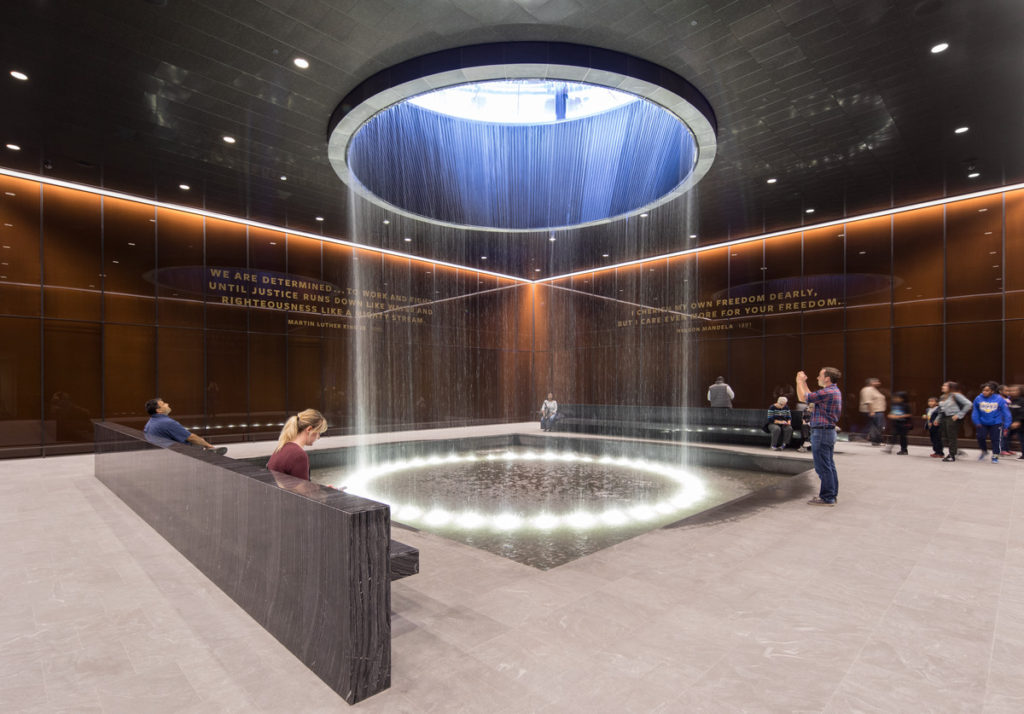
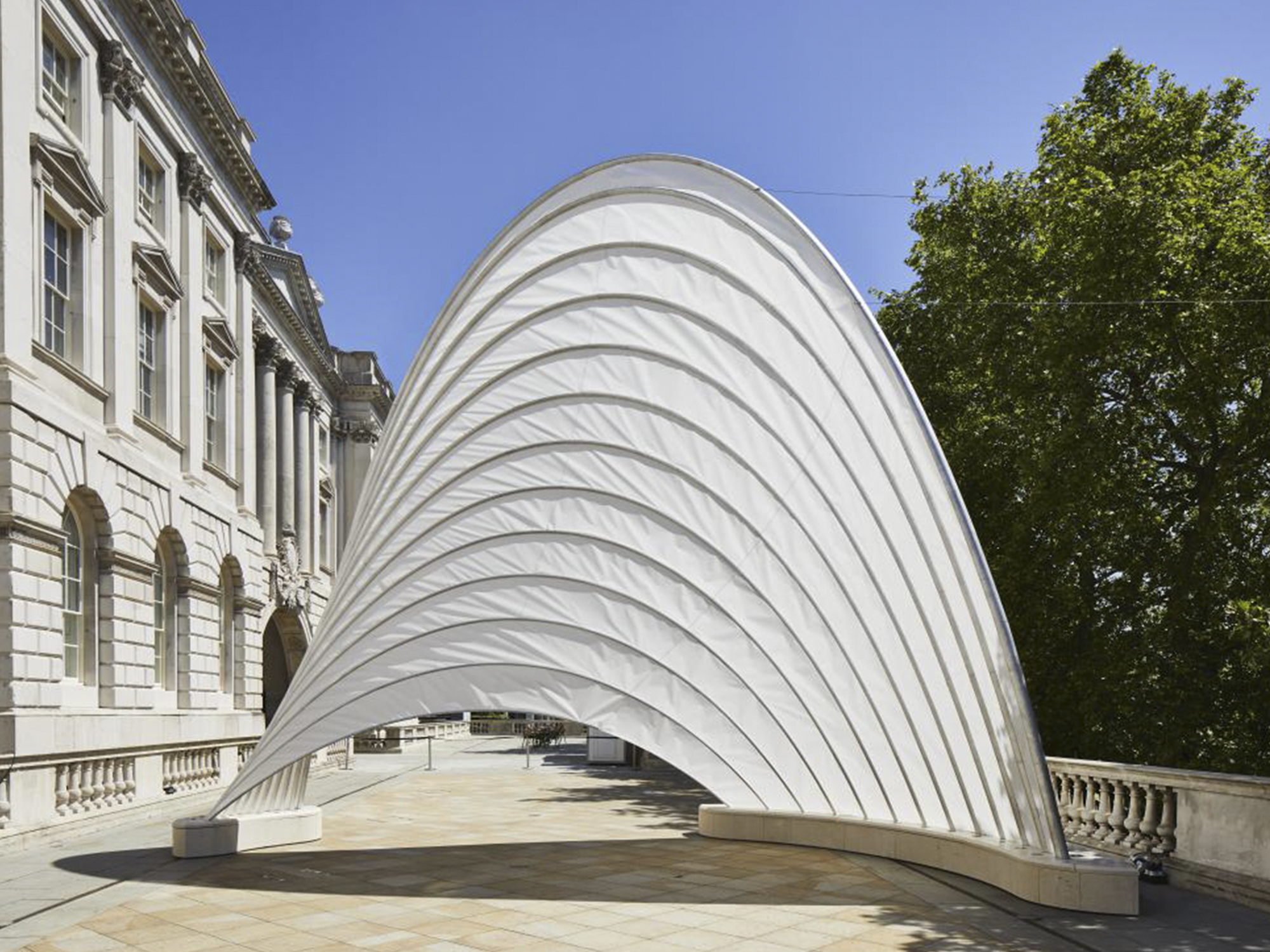
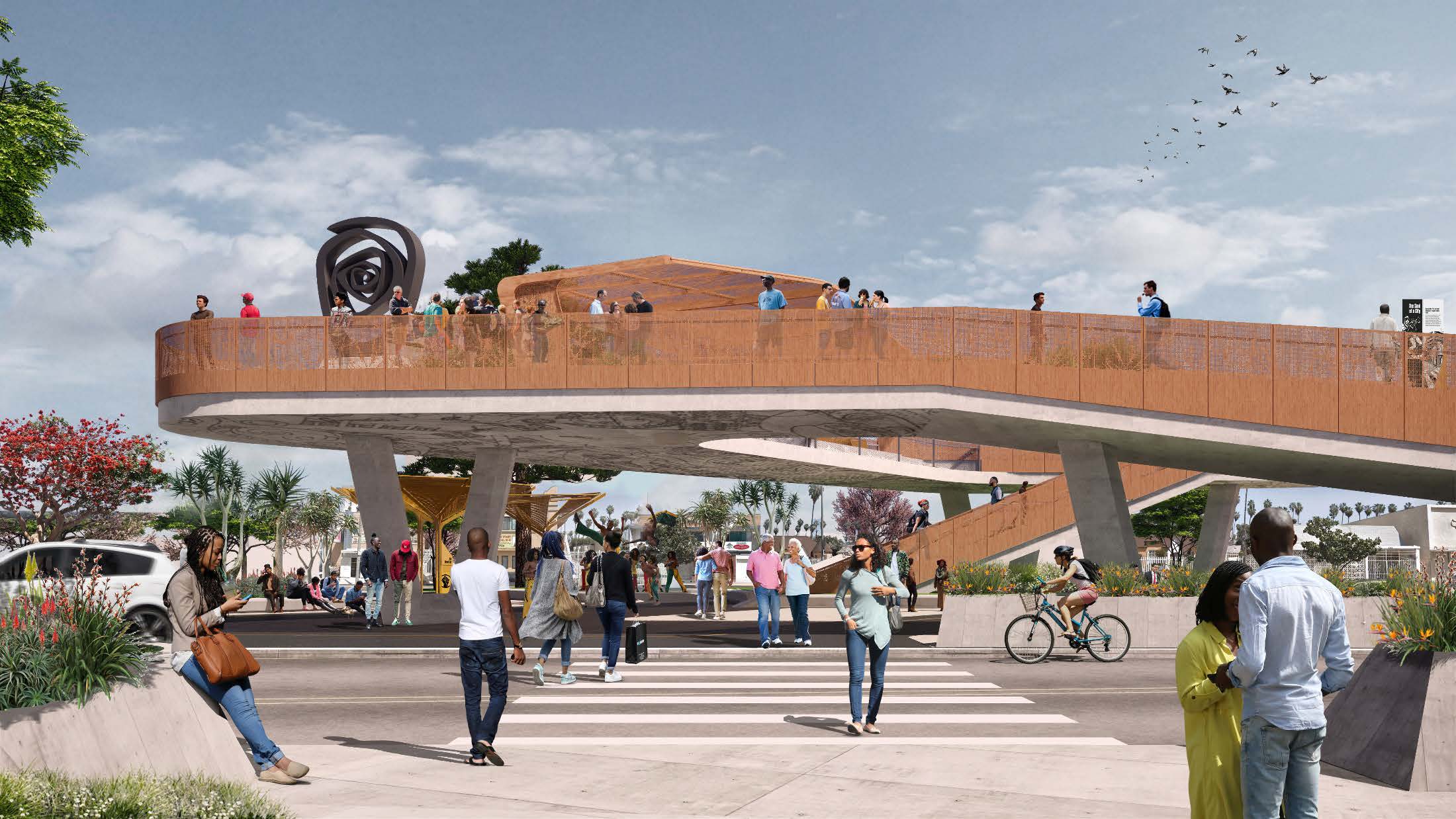
Perkins&Will, Top: Contemplative Court, Smithsonian National Museum of African American History and Culture, Washington, DC; Bottom left: The Pavilion of African Diaspora, London Design Biennale, 2021; Bottom right: Sankofa Park Destination Crenshaw, Los Angeles, CA
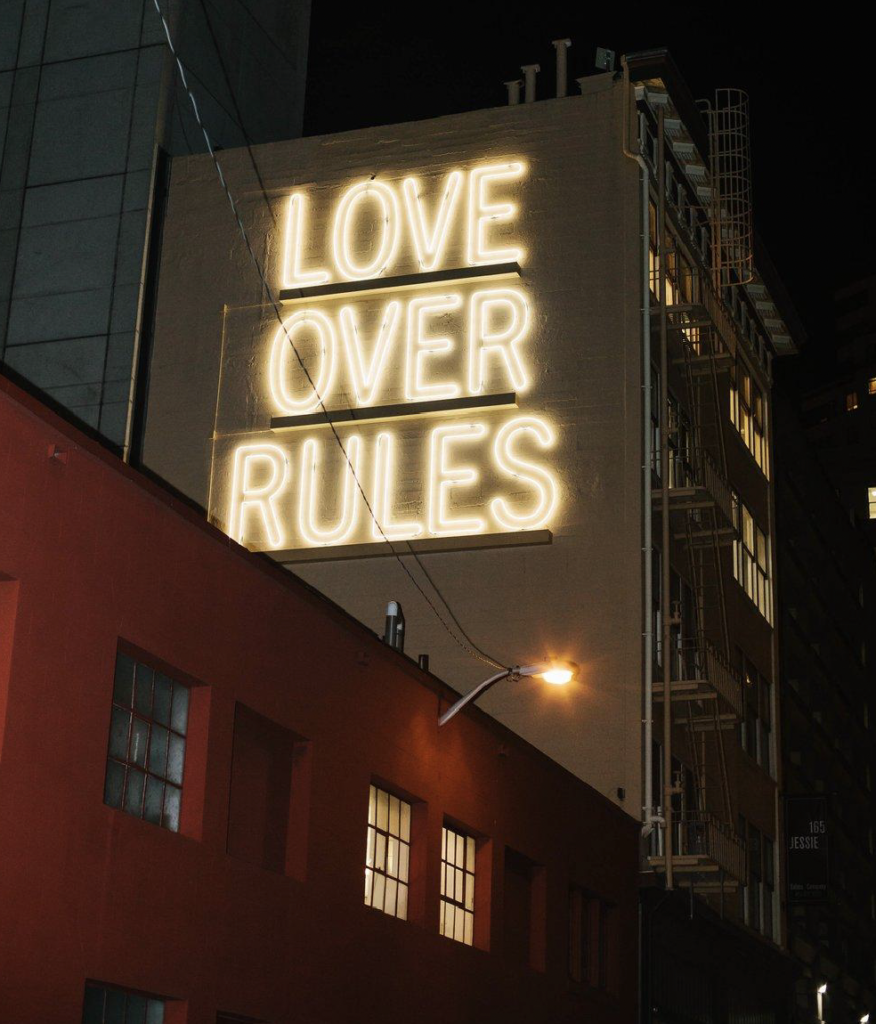
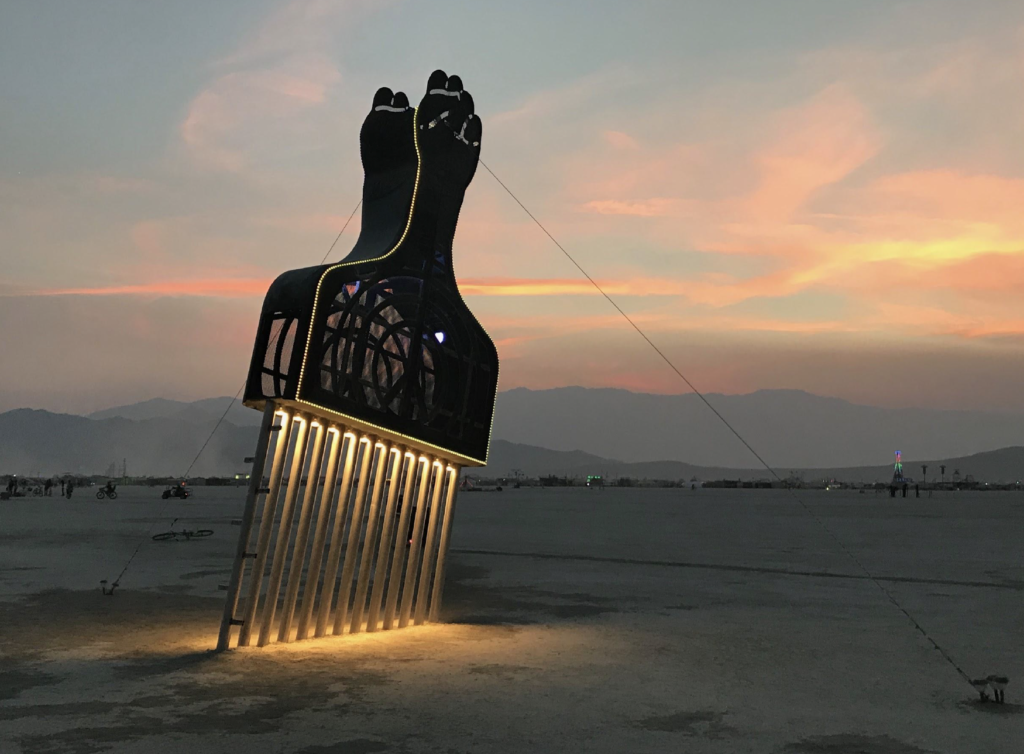
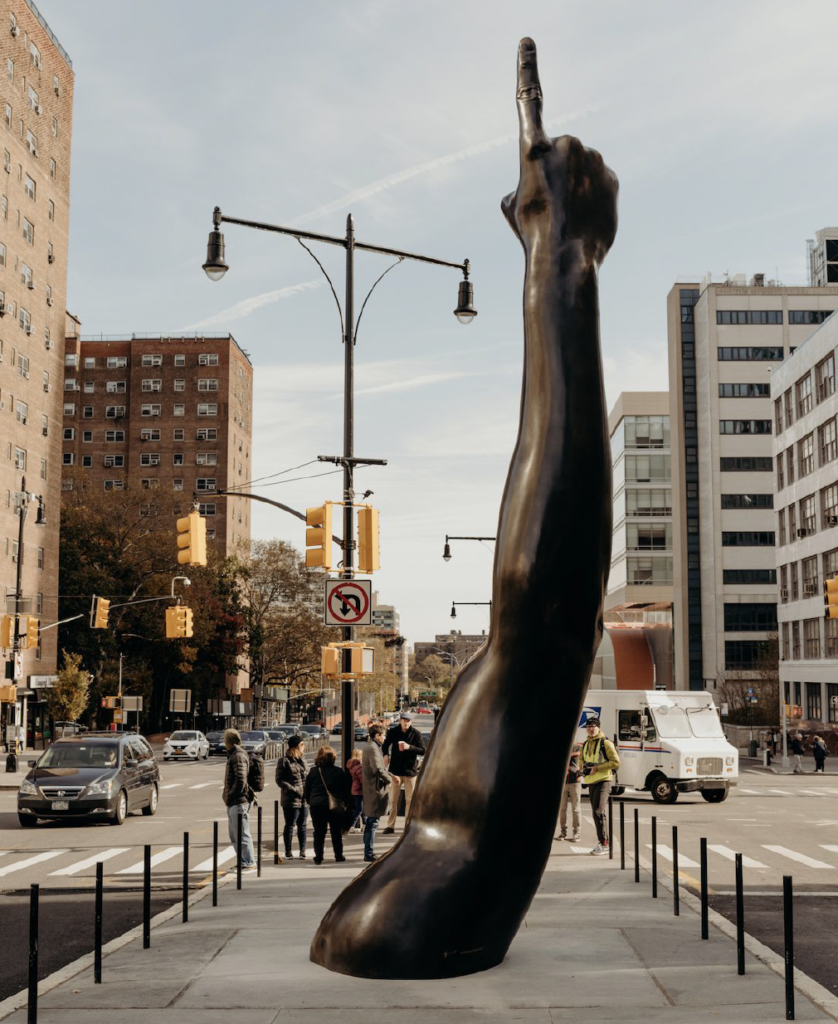
Hank Willis Thomas, left to right: Love Over Rules, 2017, neon, Sites Unseen, San Francisco, CA; All Power to All People, 2018, steel, Burning Man, NV; Unity, 2017, bronze, Brooklyn Bridge, NY
To learn about the other finalists, click their names below:
Radcliffe Bailey
Bethany Collins & Torkwase Dyson
Hood Design
Studio Zewde

